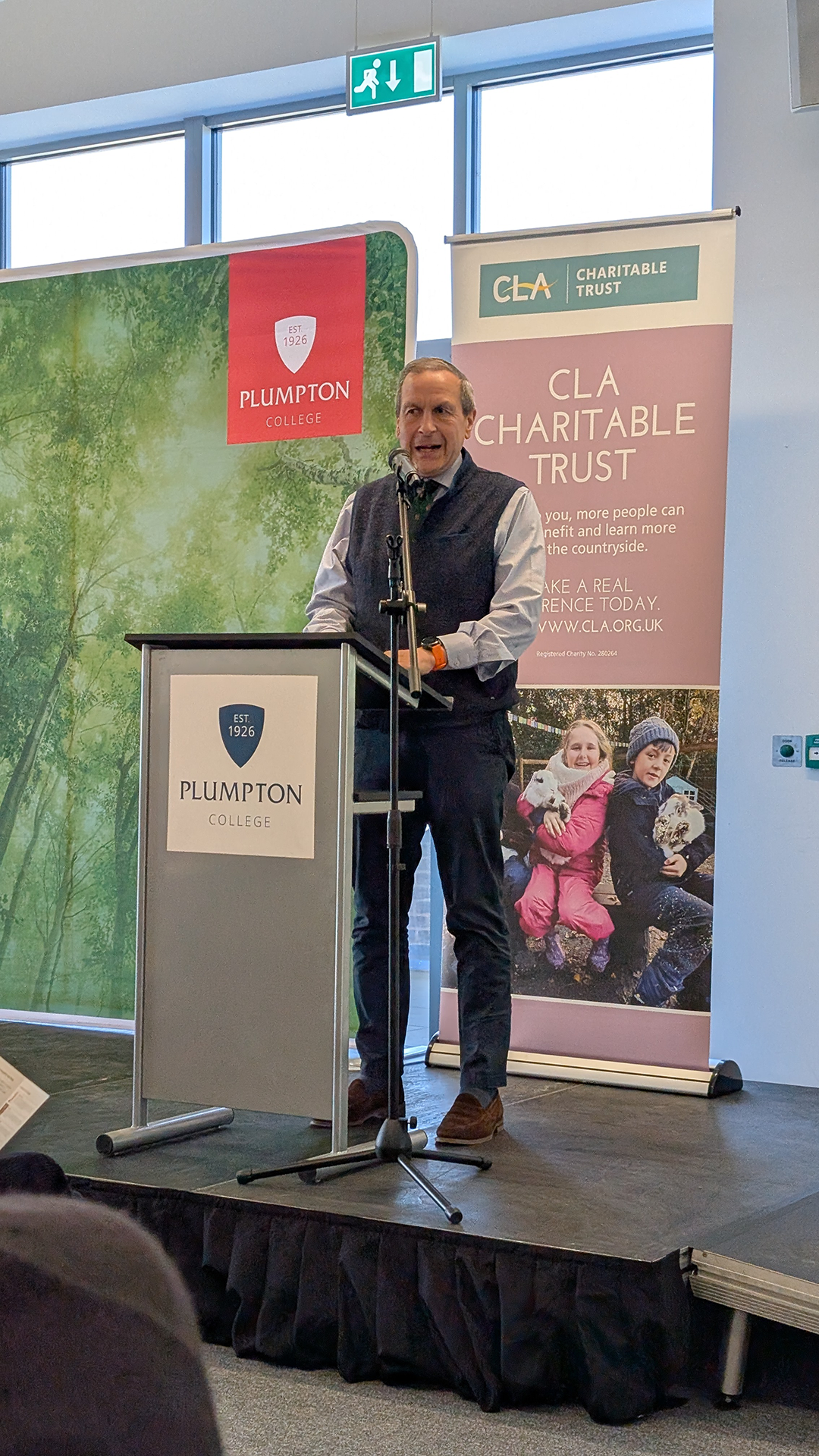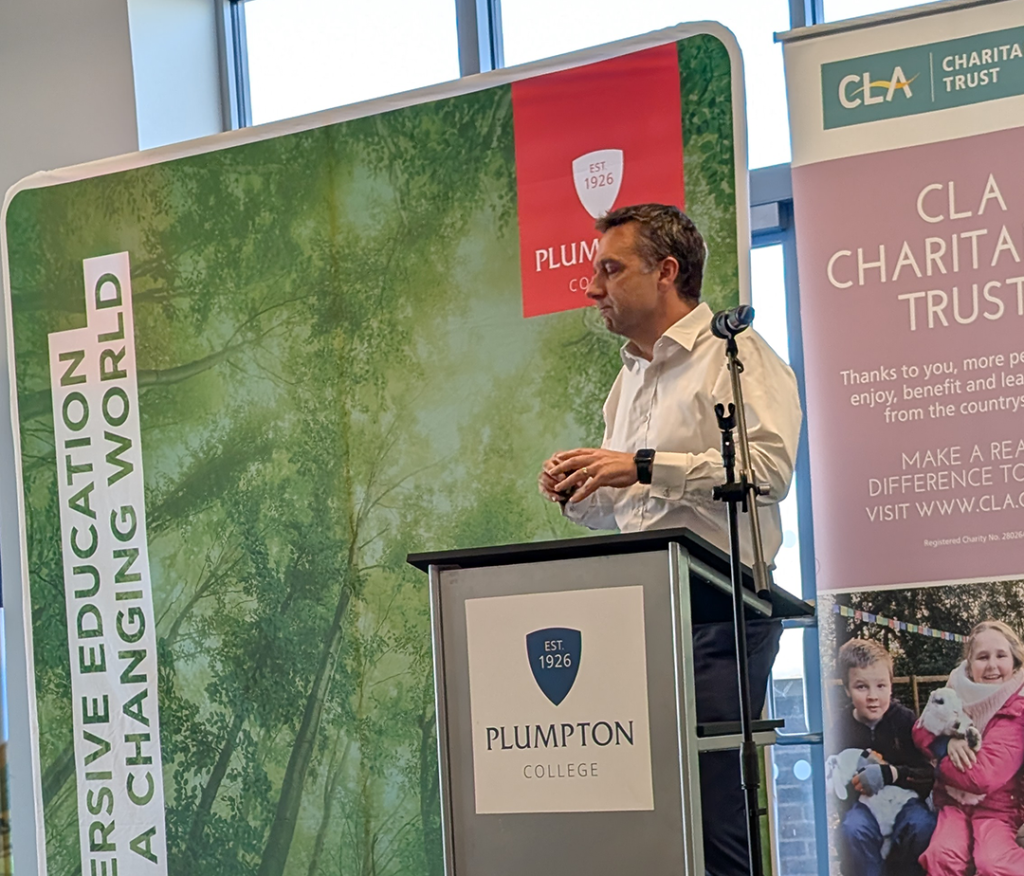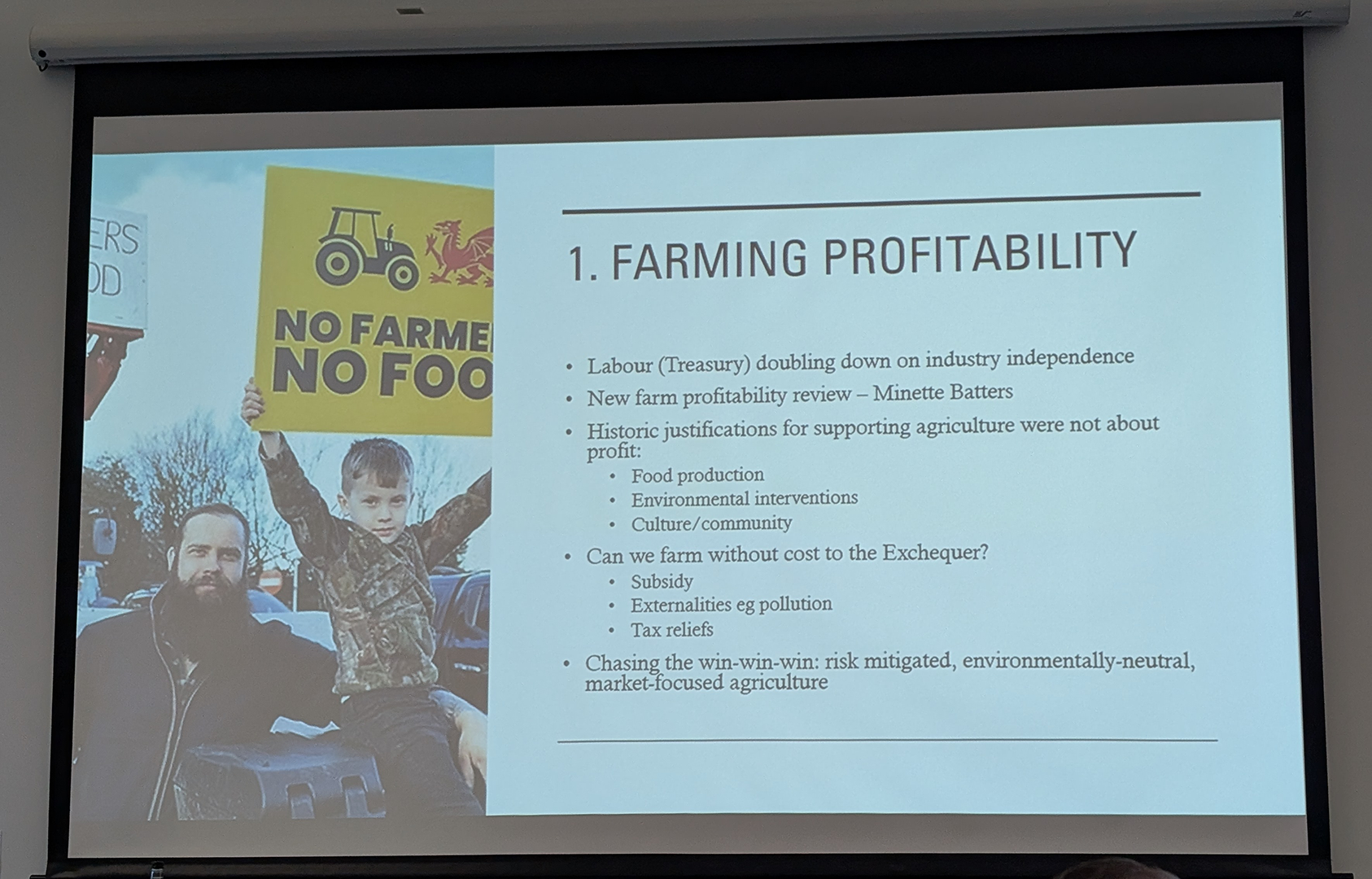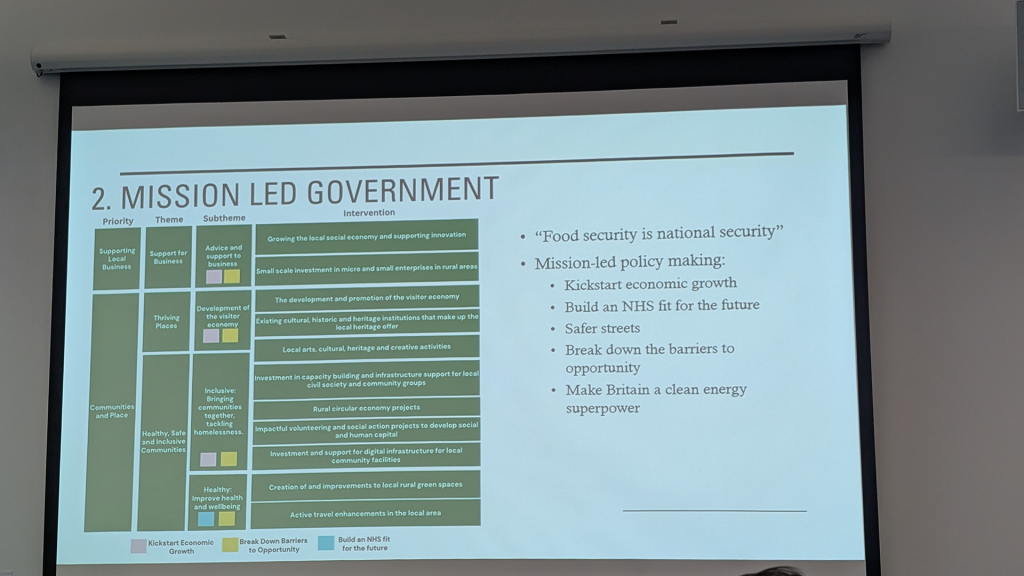British farming stands at a crossroads. With the average farmer income from cereal production now on a par with minimum wage and environmental regulations tightening their grip — the writing is on the barn wall. But out of this uncertainty emerges a new opportunity: to position farming not as a policy problem, but as a national solution. From public health to rural growth, farms can — and must — deliver against the UK’s biggest strategic missions. The question is: who will step forward to lead this change?
The Challenge
The CLA South East Future Farming conference opened with Gavin Lane’s statement that the average cereal farmer income of £25,000 a year equates to the annual minimum wage for 39 our week. When combined with the comments of Archie Evans dynamic fruit grower from Essex and Farmers Weekly young farmer of the year finalist that his family had chosen to exit intensive soft fruit production because of the pressure associated with finance, sustainability and managing staff. Challenges are not restricted to the trading environment as the industry faces regulatory headwinds too.
The 2024 Corry Review concluded that current DEFRA support mechanisms are misaligned with modern policy objectives — perpetuating outdated incentives that, in effect, reward environmental harm. It highlighted that while farmers are subsidised under a legacy framework, the financial burden of achieving water quality targets is disproportionately borne by consumers through downstream pollutant removal.
There seems little doubt that the sector is going to be motivated not just by subsidised carrots but also by the stick of regulation.
Afterall, agriculture is responsible for a relatively small 10% of UK carbon emissions however without transitioning to a low carbon system, agriculture would be responsible for 30% of UK carbon emissions by 2030. At which point the industry would be subjected to draconian regulation.


Corn down horn up!
The bounce currently being enjoyed by the red meat sector is not secure from the wider challenges faced by the wider meat sector as outlined by Rupert Claxton as President Trump’s tariffs displace meat products around the world which will be looking for new markets.
Emily Norton concluded “There will always be a farmer, somewhere else in the world, able and willing to produce food more cheaply than we can in the UK – but that doesn’t mean they can produce it better, or more sustainably.”
The insight
DEFRA Secretary Steven Reid has demanded evidence linking public spending to delivering strategic government targets namely:
- Kickstart economic growth
- Build an NHS fit for the future
- Safer streets
- Break down the barriers to opportunity
- Make Britain a clean energy superpower
Future opportunity will depend on delivering against these strategic targets.


The Opportunity
We’ve seen considerable success through the Rural England Prosperity Fund (REPF) and Adding Value grants, particularly where applicants have aligned with the government’s strategic objectives. This has been most evident in projects that support the visitor economy and stimulate the rural circular economy — using underutilised agricultural buildings to foster community initiatives, enhance public access, and enable volunteering opportunities that contribute to social prescribing and wider engagement with the countryside.
🟢 1. Supporting Local Business
Interventions:
- Growing the local social economy and supporting innovation
- Small-scale investment in micro and small enterprises in rural areas
Project Ideas:
- Set up a rural enterprise hub within converted agricultural buildings (co-working space, business incubators, maker studios).
- Circular economy projects – adding value to existing products
🟢 2. Thriving Places – Development of the Visitor Economy
Interventions:
- Promote the visitor economy
- Invest in heritage, arts, and culture
Estate Project Ideas:
- Develop farm stays, glamping or eco-lodges with strong local heritage/arts links
- Organise seasonal events or festivals showcasing rural culture and produce
🟢 3. Communities and Place – Inclusive and Healthy Communities
Interventions:
- Capacity building for civil society
- Social action and volunteering
- Green space improvements
- Active travel enhancements
Estate Project Ideas:
- Create community-run growing projects, kitchens or repair cafes in unused estate buildings
- Offer woodland or pasture land for volunteering, conservation or mental health projects
- Provide digital training or host rural tech hubs in redundant estate offices
- Build and manage safe walking/cycling routes through estate land to local services or visitor sites
- Enhance public access to green space with estate-managed trails or nature reserves
If you are considering a diversification project please give us a call.
